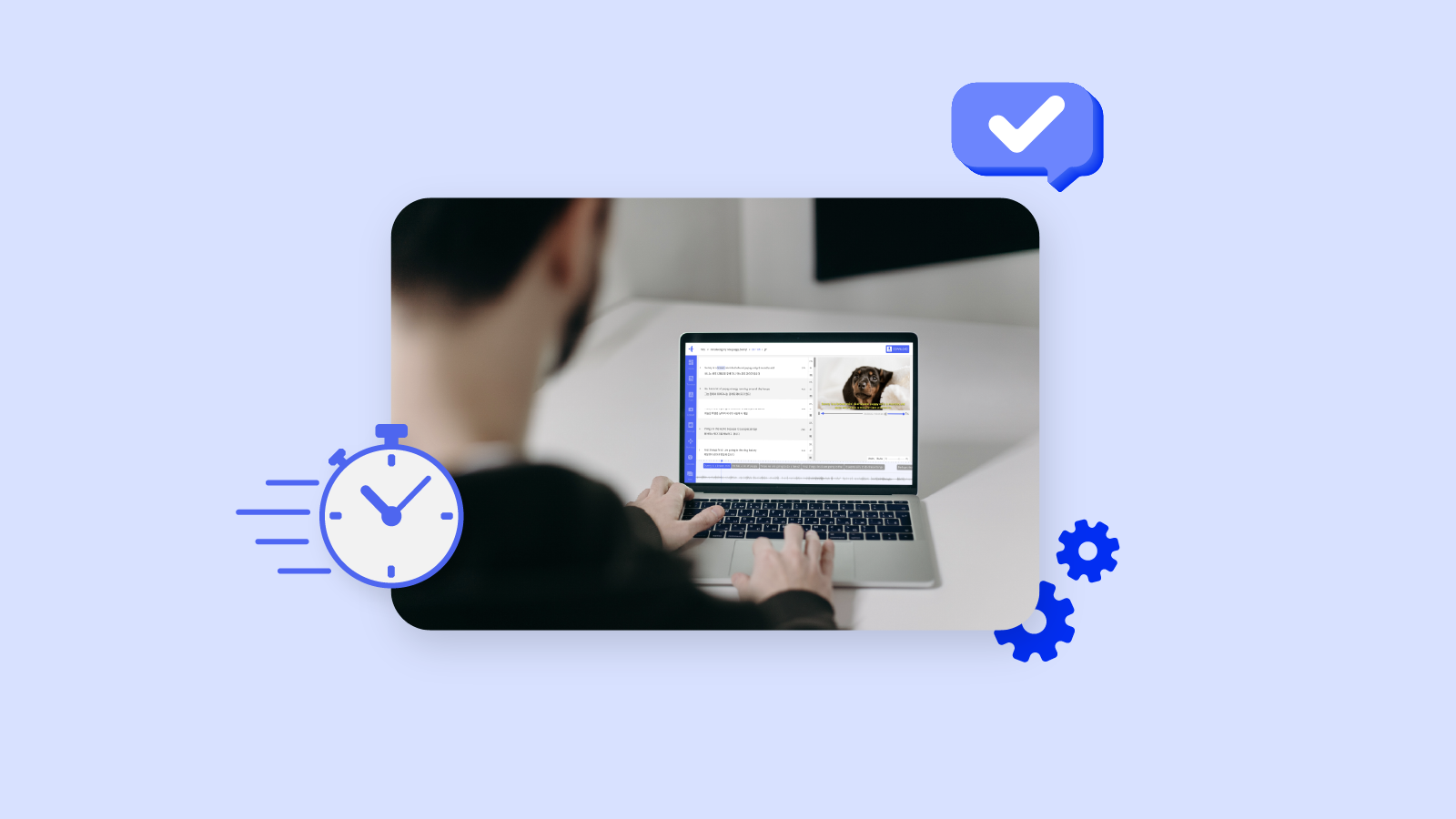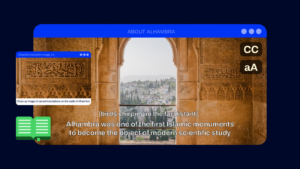Automatic transcription allows you to convert audio files into important notes; word for word during seminars, meetings, or interviews. An hour’s audio recording will take approximately 10 minutes to convert into desirable text.
This kind of transcription is achieved with the help of transcription softwares that uses Artificial Intelligence(AI) and natural language processing.
If you are new to automatic transcription or just curious about how you can achieve flawless transcriptions during meetings, this article is just what you need.
With this guide, you will be able to get answers to some of the most asked questions on automatic transcription. So keep reading.
How is Automatic transcription better than Human-Aided Transcription?
- It is cheaper and less time-consuming. Legit transcription websites such as Auris AI allows you to convert audio files into blogs or website publications within seconds, for FREE.
- With human/manual transcription; more time is needed (approximately 24 hours) to translate a single 1-hour audio file to text. It is also more costly if you were to outsource this job to a freelance transcriber.
- Using human transcription also increases the chance of misquoting the speaker and watering down content to third parties.
What Tools Are Needed for Automatic Transcription?
- Voice Recorder
The best automatic transcription is achieved with a microphone connected to Laptops or PCs, phones, and some particular types of headphones.
Most PCs and phones are also fitted with standard voice recorders. However, to achieve clear audio records, an external microphone /voice recorder would be better suited.
Meeting apps such as zoom and google meet allow users to record their meetings in real-time. This, therefore, means that it is not necessary for them to have a separate voice recorder.
Ideally, there are online/offline-supported apps specifically designed for voice recording. The added advantage to these apps is that they are able to filter out target sounds and record only what is essential. They are also capable of generating real-time transcription with high accuracy.
As stated earlier the audio should be synced to a transcription app or website to convert it to text. Most apps are fitted with natural language processors able to translate the speaker’s speech into text.
Zoom and google meet are also good alternatives. However, both apps are only able to transcribe spoken English and may limit other speakers.
The transcription websites also have a team of professionals that helps to polish the audio to meaningful text. However, this may take a few more days or hours at the request of the user.
How to achieve the best transcription for in-person meetings
By this time, you have already decided on the app you intend to use for transcription. One of the best apps that allows you to automatically transcribe, translate and add subtitles to recorded video is Auris AI.
The next step is to inform your audience that the meeting is being recorded. This helps to eliminate unexpected interruptions from the audience. It also allows you to achieve an organized pattern of raising and answering questions during the meeting.
The attendees are also more aware of their input into the meeting; they stay relevant and make suggestions that are strictly in line with the meeting’s agenda.
The recorder should be placed close to the speaker and where necessary, have an additional recorder to capture questions raised by attendees in the meeting.
The best audio transcription mechanism for interviews.
Like the previous guidelines; inform your interviewee that they are being recorded.
Start by mentioning your name as the interviewer and proceed to request the interviewee(s) to introduce themselves. This is applicable to both one-on-one and group interviews.
Inform the interviewee(s) of your intention to record the interview and incorporate their consent as part of the audio.
Ensure the recording device is placed at a centrally close location between you and the candidate such that both your outputs can be clearly heard through the recording.
Since the major objective is to achieve a clear audio recording, avoid any disruptive sounds like moving chairs or sitting in noisy environments.
The best transcription guidelines for conferences
Recording audio for a conference will depend on whether it is a one-many type of conference or a few-many(where there are 3 or 4 speakers).
For one-many; the microphone and recording device will be put directly in front of the speaker. Few-many will have several microphones as well as recorders placed in front of the different speakers.
The major disadvantage is that the recorder may not be able to capture questions raised by the audience or other participants in the meeting.
However, this can be corrected during editing. Ensure that the transcription software gives you the opportunity to insert other necessary texts such as “ Participant A is asking this question”. This allows for an easy transition from the question to the speaker’s response.
Can automatic transcription work for virtual meetings?
For zoom meetings, processed transcripts appear as separate VTT files together with the list of recorded meetings. The major disadvantage is that it only supports English transcripts.
To diversify your language selection and achieve accurate results, transfer the recorded audio to automatic transcription websites. Websites such as Auris AI are equipped with a variety of Languages and allow the user to select his/her text language, etc.






